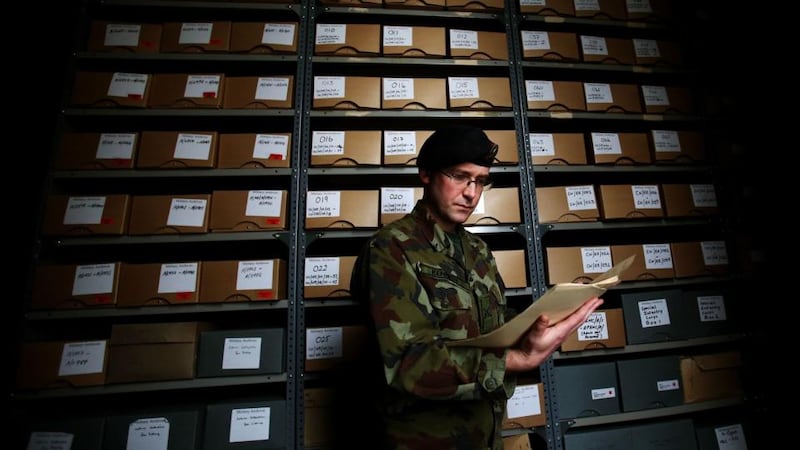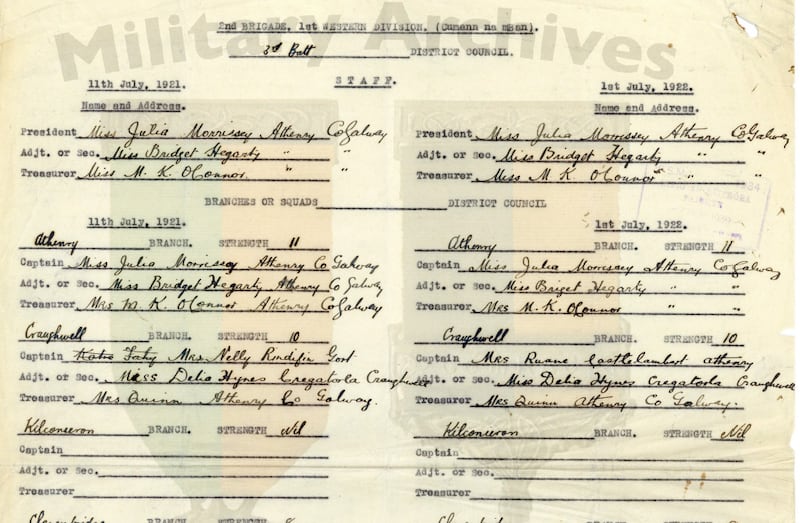The Leaving Certificate History syllabus involves detailed study of historical topics and appreciation of complexities inherent in the challenge of interpreting the past and the making of reasoned judgments based on evaluation of evidence (LC history syllabus, p2).
[ Read the complete Century: 1923 Birth of a Nation seriesOpens in new window ]
The period with this resource deals supports student engagement chiefly with topic 3, “the pursuit of sovereignty and the impact of partition, 1912-1949″ (Later Modern Irish History, 1815-1992) but also with the topic “dictatorship and democracy in Europe, 1920-1945″ (Later Modern History of Europe and the Wider World, 1815-1992).
Many areas addressed by contributors link directly to the Senior Cycle history classroom through the elements of topic 3; Civil War, State building and the consolidation of democracy; from Free State to Republic and promotion of cultural identity (LC History syllabus, p.36).
Diarmaid Ferriter’s contribution on the fledgling Free State will be helpful to students seeking an overview of the time, while the timeline of 1923 supports students in situating events chronologically.
READ MORE
Inspired by personal recollections in “My Family and the Civil War”, students might be encouraged to draft their own timelines of the period, adding personal, family and local histories to national and international events. The accounts also enable students to understand that through the study of evidence and past experiences in their community, they gain valuable insights into the roots of their own identity and inherited traditions (LC syllabus, p2).
There are opportunities, also, for the Research Study Report (RSR), a compulsory component of the Leaving Certificate course in which students independently select an aspect of the subject into which they would like to delve more deeply. Articles on “The forgotten dead”, “suspect women” and “burning down the big house” may spark an interest and lead to further investigation by a students.

The Military Service Pensions Project is a particularly valuable resource to develop students’ expertise in evaluating historical source material and exploring contentious issues from different points of view (L.C syllabus p.4).
Michael Kennedy’s article on Ireland’s admission to the League of Nations, could be used to aid students in understanding how “elements of Irish history fit into a broader international context” (LC history syllabus, p3) comparing and contrasting the Irish Free State to other fledgling democracies of the 1920s.

The Leaving Certificate history syllabus (p.3) states that “attention should be given to the experiences of women” and in writing women into the historical account of this period through research of the Military Archive’s “captured papers”, Sinead McCoole highlights the role played by the Cumann na mBan women incarcerated in the Civil War. Her article may also inspire inquisitive Leaving Certificate students considering their RSR.
A final element in the history course is the role of “the promotion of cultural identity” (LC history syllabus, p36). ‘1923 in 23 objects’ and Ruth Harrington’s contribution on the appointment of a film censor will support students in grasping the role played by cultural artefacts in creating and shaping the nascent state.
Cormac Davey and Emma Duggan are history advisors with the PDST (Professional Development Service for Teachers).
The PDST’s provides workshops and support for history teachers. PDST workshop and CPD resources can be accessed online and on Scoilnet





















